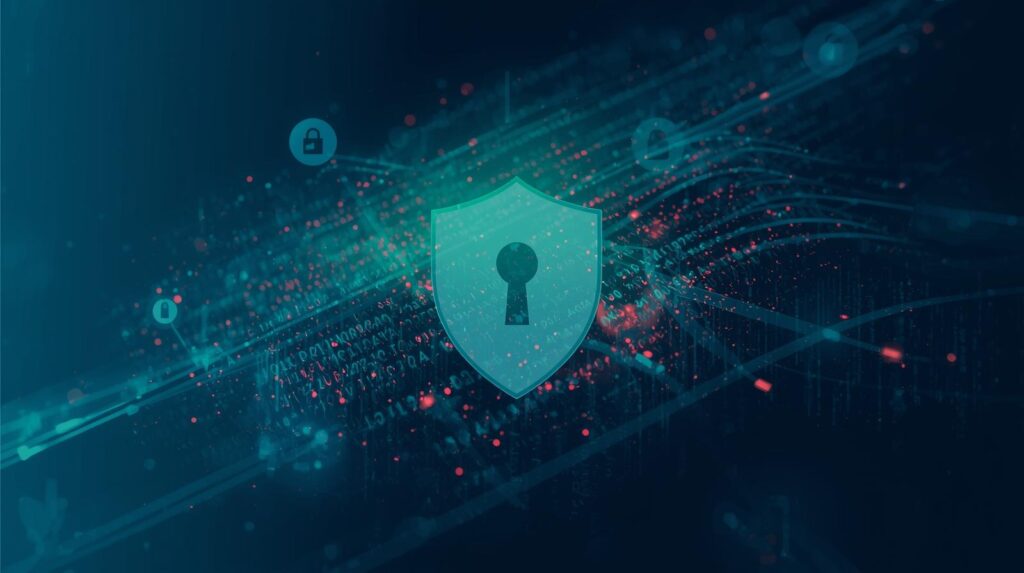In today’s interconnected world, digital security has become a critical concern for businesses and individuals alike. As we continue to rely more heavily on technology for everyday operations, the importance of robust data protection and internet security cannot be overstated. This article will explore the top strategies for digital security, providing insights into how organizations can safeguard their information in an increasingly digital landscape.
Digital security encompasses a range of practices designed to protect information from unauthorized access, theft, or damage. With cyber threats evolving rapidly, businesses must remain vigilant and proactive in their approach to security. The consequences of inadequate digital security can be severe, including financial loss, reputational damage, and legal implications.
The Growing Threat Landscape
The digital age has brought about an expansion in the threat landscape, with cybercriminals employing sophisticated tactics to exploit vulnerabilities. From phishing attacks to ransomware, the methods used by malicious actors are constantly evolving. As such, organizations must stay informed about the latest threats and develop strategies to counter them effectively.
Aligning Technology with Business Strategy
For Chief Technology Officers (CTOs) and business strategists, aligning technology with business goals is paramount. Digital security should be an integral part of this alignment, ensuring that data protection measures support overall business objectives. By integrating security into the fabric of the organization’s strategy, companies can better protect their assets while driving innovation and growth.
Key Strategies for Enhancing Digital Security
Implementing effective digital security strategies requires a comprehensive approach that addresses both technological and human factors. Below are some key strategies to consider:
1. Implementing Strong Access Controls
Access controls are fundamental to digital security, ensuring that only authorized individuals can access sensitive information. Implementing multi-factor authentication (MFA) is a critical step in this process, requiring users to provide multiple forms of verification before gaining access. This additional layer of security significantly reduces the risk of unauthorized access.
2. Regular Security Audits and Vulnerability Assessments
Conducting regular security audits and vulnerability assessments helps organizations identify potential weaknesses in their systems. By proactively addressing these vulnerabilities, businesses can prevent cyberattacks before they occur. This process should include both internal assessments and third-party audits to provide an unbiased evaluation of the organization’s security posture.
3. Investing in Employee Training and Awareness
Human error remains one of the leading causes of security breaches. Educating employees about the importance of digital security and providing training on best practices is essential. Regular workshops and simulations can help raise awareness and ensure that staff members are equipped to recognize and respond to potential threats.
4. Utilizing Advanced Threat Detection Technologies
Leveraging cutting-edge technologies, such as artificial intelligence and machine learning, can enhance an organization’s ability to detect and respond to threats in real-time. These technologies can analyze vast amounts of data to identify unusual patterns or behaviors, enabling businesses to act swiftly and mitigate risks.
The Role of Data Protection in Digital Security

Data protection is a cornerstone of digital security, ensuring that sensitive information is handled responsibly and securely. The implementation of data protection measures not only safeguards information but also helps organizations comply with regulatory requirements.
1. Encryption and Data Masking
Encrypting data at rest and in transit is essential to protecting sensitive information from unauthorized access. Data masking techniques can further enhance security by obscuring identifiable information, making it inaccessible to unauthorized users.
2. Data Backup and Recovery Plans
Establishing robust data backup and recovery plans is crucial for minimizing the impact of data breaches or system failures. Regularly backing up data and testing recovery procedures ensures that organizations can quickly restore operations in the event of an incident.
3. Compliance with Data Protection Regulations
Adhering to data protection regulations, such as the General Data Protection Regulation (GDPR) or the California Consumer Privacy Act (CCPA), is vital for maintaining digital security. Compliance not only protects businesses from legal repercussions but also builds trust with customers by demonstrating a commitment to safeguarding their information.
Looking Ahead: The Future of Digital Security
As technology continues to evolve, so too will the challenges associated with digital security. Organizations must remain agile and adaptable, continuously updating their security strategies to address emerging threats.
Embracing a Culture of Security
Fostering a culture of security within the organization is crucial for long-term success. This involves promoting security awareness at all levels and encouraging a proactive approach to risk management. By making security a shared responsibility, businesses can better protect themselves against the ever-changing threat landscape.
Staying Informed About Emerging Technologies
Innovation managers and industry leaders must stay informed about the latest technological advancements and their implications for digital security. By staying ahead of the curve, organizations can leverage new technologies to enhance their security posture and maintain a competitive edge.
Conclusion
Digital security is a dynamic and complex field, requiring a strategic approach that integrates technology, processes, and people. By implementing robust digital security strategies and fostering a culture of security, organizations can protect their assets and thrive in the digital age. As we look to the future, staying informed and adaptable will be key to navigating the challenges and opportunities that lie ahead.




